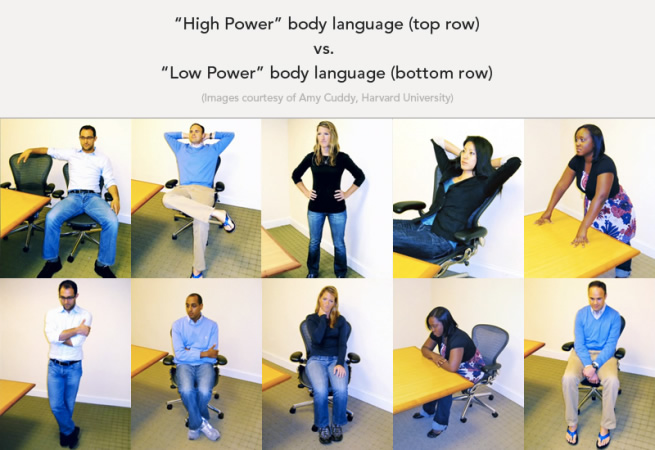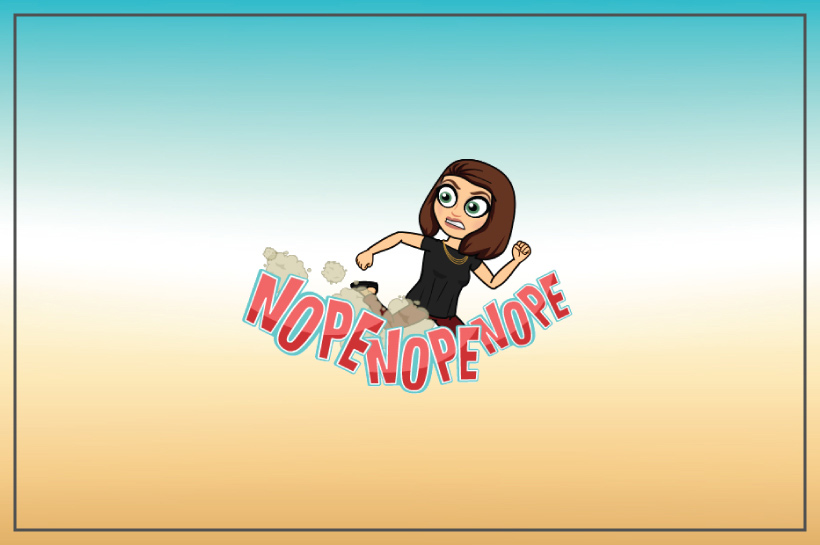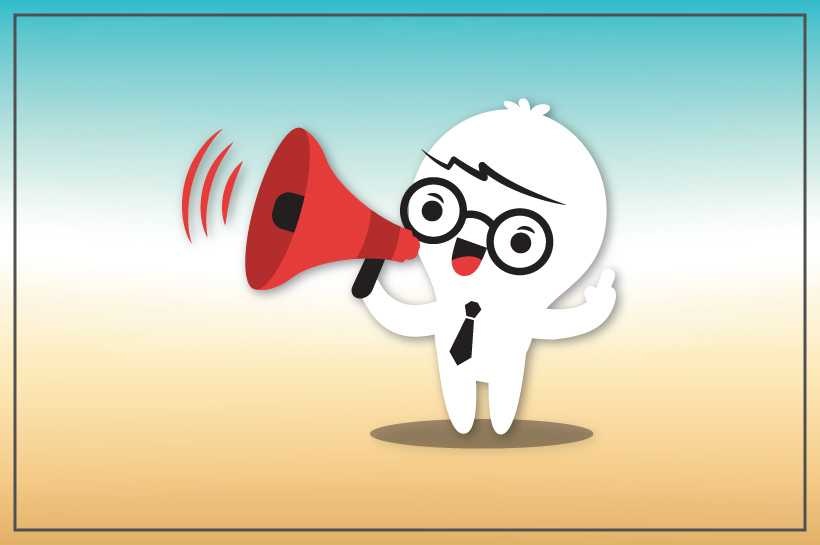Get Referrals from Networking Events & Groups
One of the biggest complaints I hear from business owners is that networking events are uncomfortable and a waste of time because they’re not getting clients. Well, that’s your first mistake.
You may end up with participants in a networking group or from a networking event becoming your clients, but in general that’s not where your biggest value is from networking. You are far more likely to gain colleagues, allies, and referral sources from than you are clients.
So why aren’t you getting referrals? Because your follow through sucks. Here’s how to reverse that condition and get referrals from your networking efforts.
Let’s take the case of your neighborhood Massage Therapist, since I’ve worked with or interacted with thousands of these professionals over the years. It is rare indeed to even find a Massage Therapist at a networking event, which is a shame, but another story.
The Problem
Let’s say that the heroine of our story (we’ll call her Jane) has been going to a networking group put on by her local Chamber of Commerce for several months. She likes the people there, and a couple of the folks in her group have come for treatment sessions, but that’s it.
In my coaching session with Jane, we have this conversation about the topic:
Me: How many one on one meetings have you had with folks in the group so far?
Jane: …um?
Me: How many referrals have you given other folks in the group?
Jane: Oh geez, that’s a good point. I don’t know if I have anyone for them.
Me: And that’s how they probably feel about you. They’re just not sure who to refer, and how, and when.
The Solution
Jane went back to her group, and when she got up to share she told the rest of the group that she’d like to get to know everyone better and who their ideal clients are so that she could give good referrals to them. Before she left the meeting, she had 6 appointments (3 phone calls and 3 coffee or lunch meetings) set up with various members of the group.
This is not the end of the story.
In our session, I helped Jane practice the kinds of questions and requests that were going to help deepen the relationship faster, as well as find out quickly if the folks she was talking with were going to be good referral sources for her. Since she already had created the profile of her Ideal Client and Ideal Colleague, this was a lot easier.
After her meetings, Jane used this template to follow up and did she get referrals? Within 2 weeks Jane had received 8 referrals, 6 of whom booked massage treatments right away.
Jane’s Referral Request Email
Dear Steve,
Great meeting with you yesterday over coffee. I was glad to learn more about your business. I really appreciate getting together and I think we can help each other out. What kinds of referrals are you looking for? I’ve got some specific types of clients that my services really make a difference with, so if you’re up for it, I was wondering if you would mind letting me know if you know anyone like this?
- Someone who is in pain like back pain or headaches
- Folks who are under a lot of stress
- Anyone who has recently been in an accident, had a fall, a car crash, etc.
- People who are training for an event like a marathon, triathlon, martial arts, or who are athletes.
I’d also be happy to help out and take care of anyone you know who just wants to relax, feel great, and increase their mobility. I’ll make sure the problem doesn’t come back!
I am very open to working with anyone you refer to me, so when you hear of people that would benefit from my services, please know that I am always grateful when you let them know that they can call me at XXX-XXXX or email me XXXX@XXXXX.COM. I’ll get right back to them and set up a complimentary assessment and evaluation over the phone.
Remember to let me know what kinds of referrals are you looking for too so I can return the favor. Thanks!
All the Best,
Jane Smith, LMT
Owner, Pain-Away Massage Clinic
(phone)
(website)
This kind of warm, focused email makes it so easy for someone to come up with names, and they know exactly what to do. All the pressure is off, and they’re clear on how they can help. Plus, this level of follow through and professionalism lets someone know that they can ask you for the same and it builds their confidence that you know your business.
Your Referral Request Template
Dear _____,
Great meeting with you for coffee/lunch/for our phone chat. I was glad to learn more about your business. I really appreciate getting together and I think we can help each other out. What kinds of referrals are you looking for? I’ve got some specific types of businesses/clients/customers that our services/products really make a difference with, so if you’re up for it, I was wondering if you would mind letting me know if you know anyone who is a manager or owner at any of the following kinds of businesses/dealing with this type of problem/fits this description?
Bullet points of who your ideal clients/target market is
I’d also be happy to help out and take care of anyone you know who is having a problem with _______________. I’ll make sure the problem doesn’t come back!
I am very open to working with anyone you refer to me, so when you hear of people that would benefit from my services, please know that I am always grateful when you let them know that they can call me at ____________ or email me _________________. I’ll get right back to them and set up a complimentary assessment/evaluation/consultation.
Remember to let me know what kinds of referrals are you looking for too so I can return the favor. Thanks!
Warm Regards,
Name, Title {POWERFUL TITLE}
Company Name
Phone Number
Website
This weeks’ challenge is to go through your contact list and set up phone chats (I call them “virtual teas”) or in-person meetings for coffee, drinks, or lunch to connect with people who you think would be good to have a deeper collegial relationship with. Then, personalize use this template to follow up and see what happens!
Click the social share buttons below to give this template to your colleagues and friends who could use a business boost!










